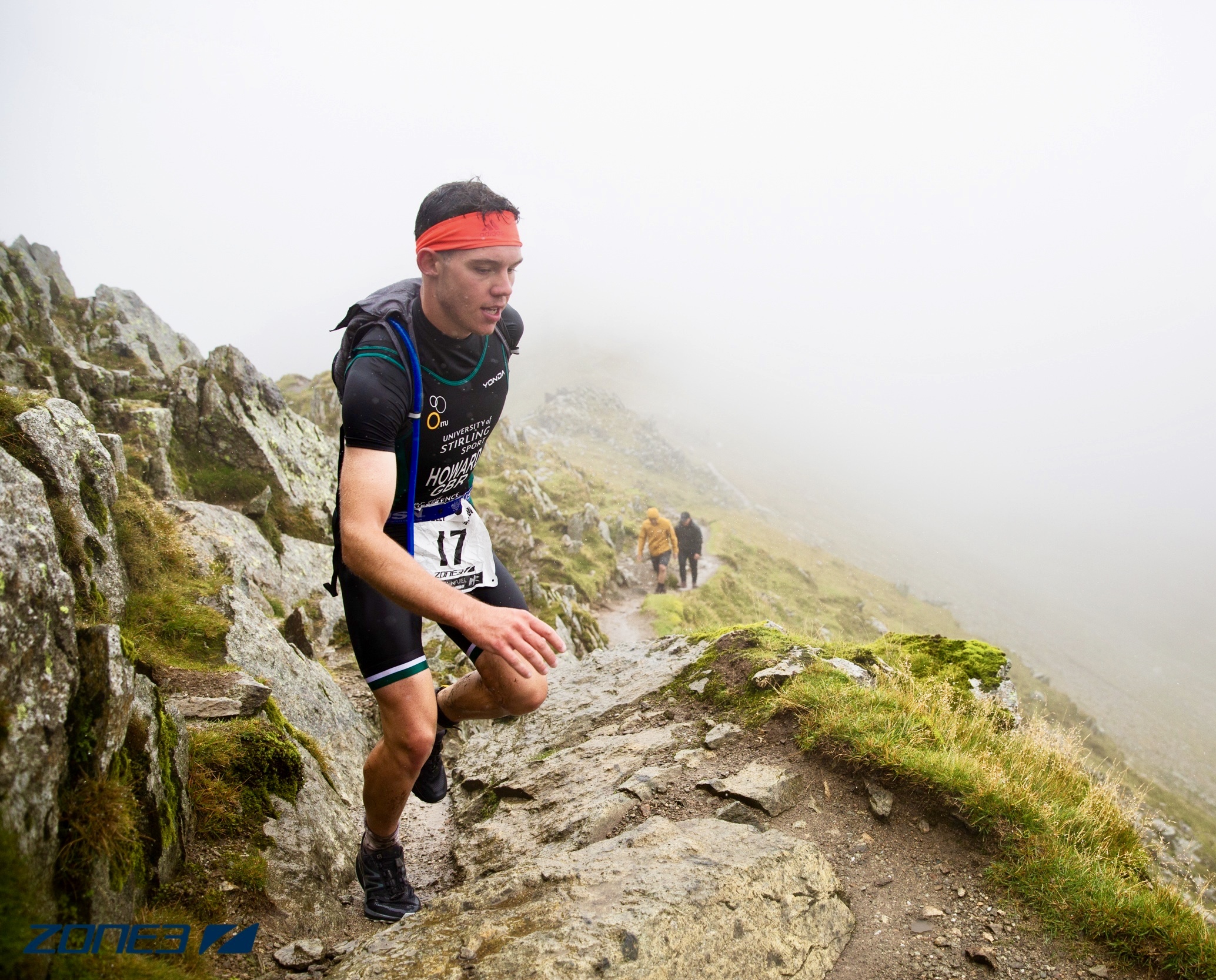Training Tips: Don’t Make These Common Pacing Mistakes!
“I went out too hard”
One of the most regular sentences used in the triathlon world by an athlete at the end of their race. Whilst it may seem like a great idea to start really fast, this approach is one you will regret later in the race. If you want to have your best race, it’s important to control your pace at the start and throughout.
Why You Should Pace Yourself:
Triathletes are incredibly competitive people (hence why they are triathletes) the goal in racing is to get the distance done as quickly and as efficiently as you can to achieve this you need to work out the best way you can sustain the fastest pace possible throughout the race and need to make any adjustments to their pace along the way based on how you feel. Whilst technology is ever evolving and making it easy to monitor our pacing, you still need the skill of being able to judge your own pace.
Avoid Neutral Pacing in Training:
Many athletes make the mistake of training a one single speed every workout. Although this is going to benefit you in terms of fitness, it will not help you get any faster. If you haven’t done any race-specific paced training, you won’t be able to run much faster than this on race day.
“But how do I overcome this?”
Interval Training
Interval training involves working out at alternating periods of high intensity and low intensity. Whatever the length of the interval they need to be well paced so that you can execute them properly. If you overshoot in the first few seconds of very short intervals or the first few minutes of longer ones this will lead to early fatigue! Hence, the recovery phase is a really important part of interval training. This stop and go workout allows your body to recognise how to recover quickly before each interval. This type of training will improve you both aerobically and anaerobically.
Negative-Split Works Best!
It doesn’t work for everyone, but it works for most people and if you watch any race, you will regularly see the athletes ramp up the pace in the second half of the race. Olympic triathlon champion Gwen Jorgensen was renowned for her running abilities and one thing that stood her out uniquely from the others (apart from her 13 consecutive WTS series wins!) was how she negatively split almost every time she hit the run section over 10k.
Overall
Developing a sense of how to pace your race will help you conserve energy while running and allow you to spread it out over the whole race and ultimately improve your performance.
Article written by Luke Howard





